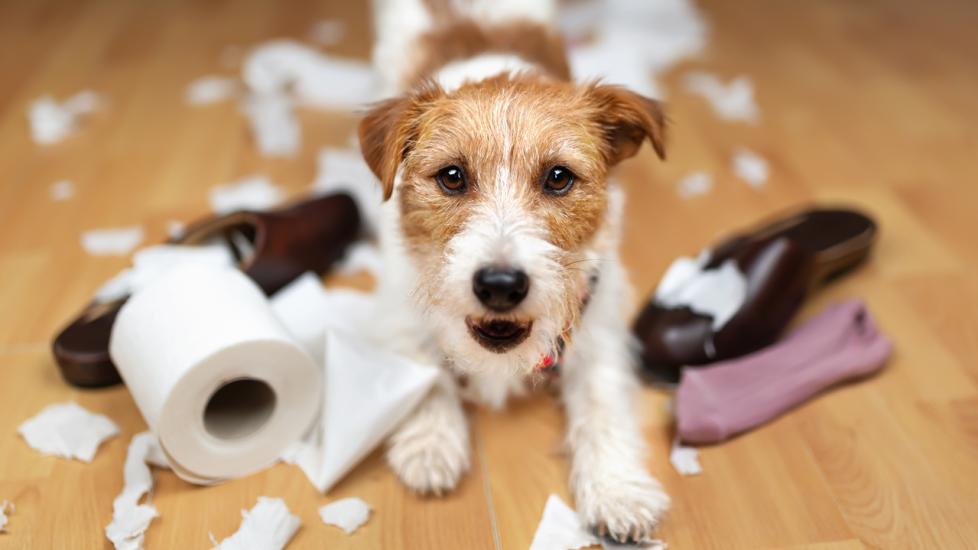Title: Understanding Pica and How to Address It in Your Dog
Introduction:
As a pet parent, it’s heartbreaking to witness your furry friend exhibit unusual behavior. One such perplexing issue is pica—the compulsion for dogs to eat non-food items that are not part of their regular diet. This condition can be concerning as it may lead to health complications and even life-threatening consequences if left unaddressed. In this article, we delve into the intricacies of pica in dogs, its potential causes, signs to look out for, and most importantly, strategies to help our beloved pets overcome this behavioral challenge.
What Is Pica?
Pica is an insatiable urge to consume objects or substances with no nutritional value. While it’s more commonly associated with human psychology, dogs can also develop this behavior. The exact reasons behind pica in animals remain somewhat of a mystery, but several theories suggest it could stem from boredom, anxiety, nutrient deficiencies, genetics, or underlying medical conditions like gastrointestinal issues. Whatever the cause, recognizing the symptoms early on is crucial for prompt intervention.
Signs of Pica in Dogs:
1. Increased Chewing: Your dog might chew more frequently than usual, often targeting items they wouldn’t normally find appealing.
2. Avoidance of Food: Some dogs with pica will shun their meals despite appearing hungry.
3. Vomiting or Diarrhea: After ingesting indigestible materials, digestive disturbances are common.
4. Weight Loss: Despite consuming large quantities of inappropriate items, some dogs still lose weight due to malnutrition.
5. Destructive Behavior: If left unsupervised, a dog with pica may damage furniture, clothing, or other household items.
Addressing Pica:
1. Environmental Enrichment: Engage your dog with plenty of toys, puzzles, and interactive activities to keep them mentally stimulated and reduce boredom.
2. Health Checkup: Schedule a vet visit to rule out any underlying health problems and ensure your dog receives a balanced diet rich in essential nutrients.
3. Positive Reinforcement Training: Use rewards-based training methods to redirect your dog’s attention onto acceptable behaviors. Ignore or discourage chewing on inappropriate objects while praising good choices.
4. Supervision and Management: Keep potentially dangerous items out of reach and provide alternative chew toys that are safe for consumption. Consider using baby gates or puppy barriers to restrict access to trouble spots.
5. Consultation with Professionals: Seek advice from veterinarians or animal behaviorists who specialize in treating pica. They may recommend specific diets, supplements, or even medications to address the root cause of the problem.
6. Regular Mealtimes: Feed your dog at consistent times to prevent overeating or grazing habits that can exacerbate pica tendencies.
7. Exercise: Regular physical activity helps release endorphins and reduces stress, which can contribute to better overall behavior.
Conclusion:
Pica in dogs requires patience, understanding, and a multi-faceted approach to effectively manage and resolve the issue. By addressing environmental factors, ensuring proper nutrition, providing mental stimulation, and seeking professional guidance when needed, you can create a nurturing environment where your pup feels secure enough to leave these destructive habits behind. Remember, every dog is unique, so what works for one may not work for another; therefore, adjust treatment plans according to your dog’s individual needs. With time and dedication, your four-legged companion can regain a healthy relationship with food and enjoy a happier, healthier life alongside you.
